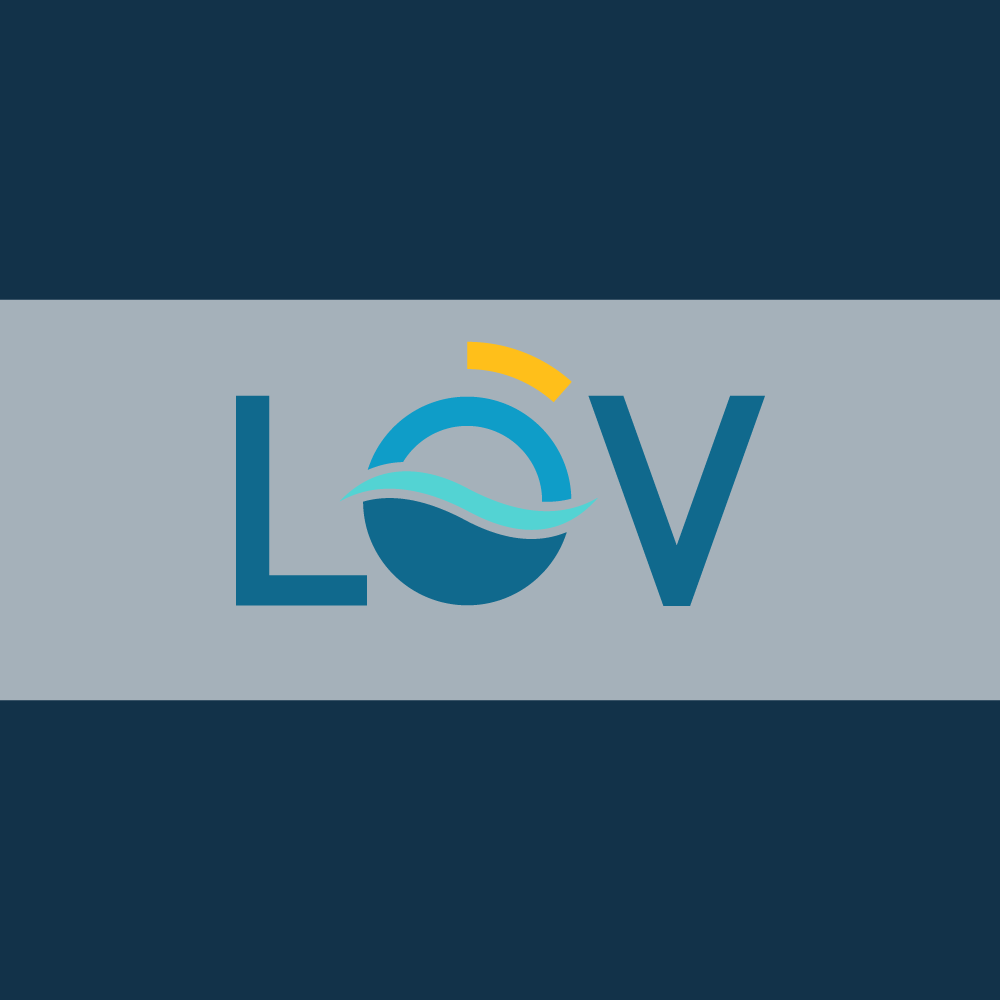COPAINS will bring new insights on the response of plankton ecosystems to environmental forcing in the Arctic from the individual (~1mm) to the regional scale (~100km), by combining state-of-the-art in situ imaging, omics, remote sensing, machine learning, and trait-based approaches. The Arctic is changing at an unprecedented speed and new methods are needed to document and study it. By taking advantage of a recently funded project between Norway and Canada, COPAINS has two aims: it will allow for a new collaboration between France and Norway and consolidate an emerging French-Canadian collaboration. The French partner is an expert in imaging, omics and numerical ecology. It will benefit from the foreign partners’ expertise in remote sensing (NO) and Arctic ecology (NO, CA) to fully exploit its imaging and omics datasets using new machine learning tools (CA). Through mobility exchanges and workshops COPAINS will also train early career researchers (post-doc, PhD & master students).
